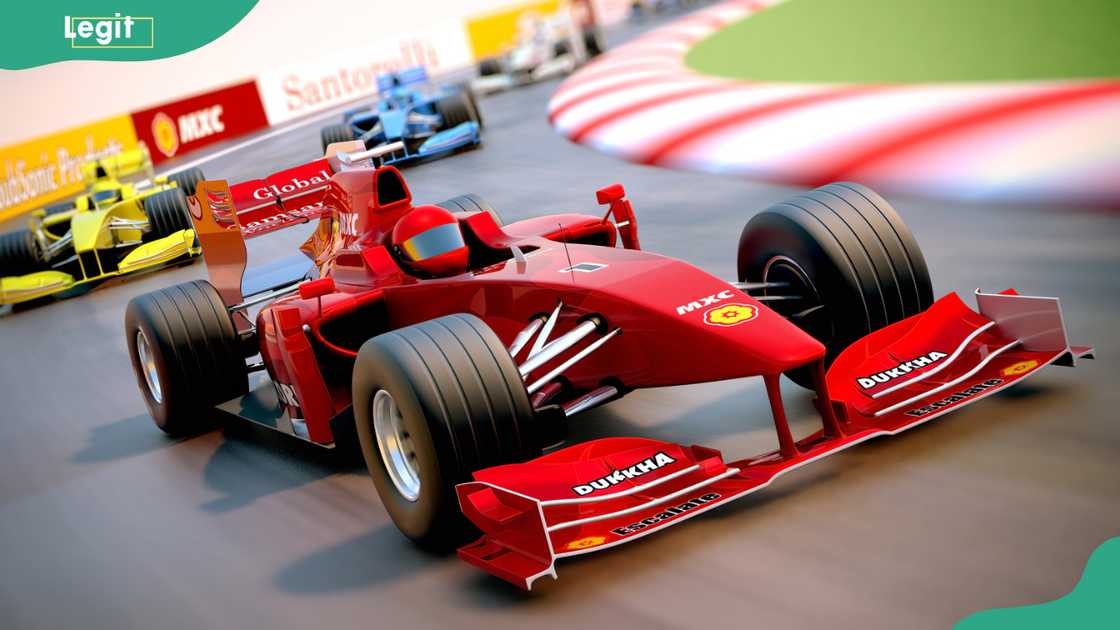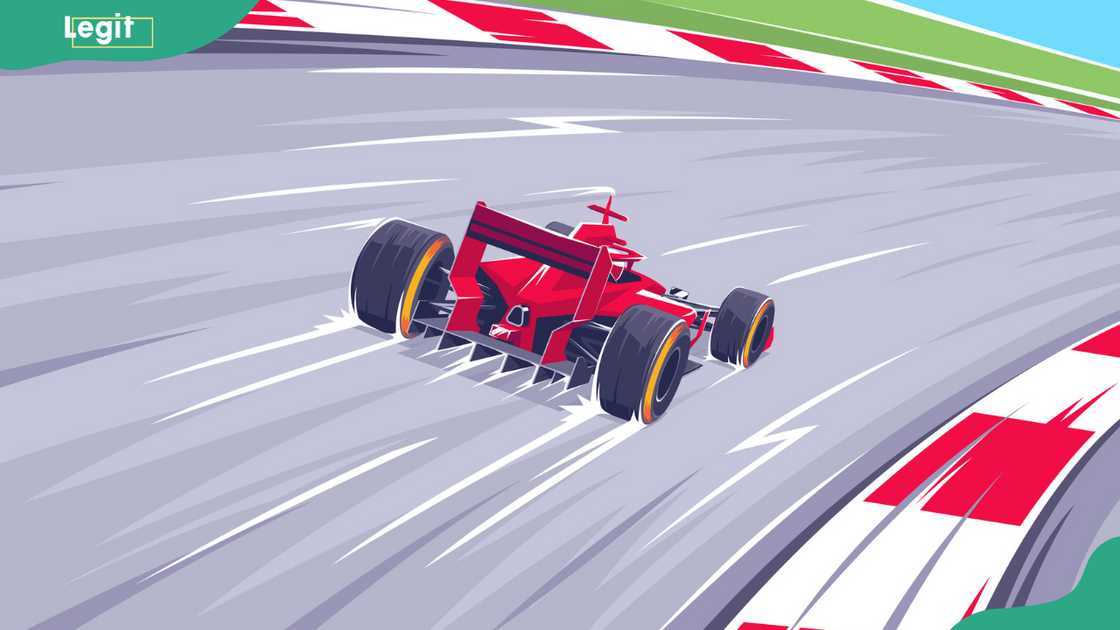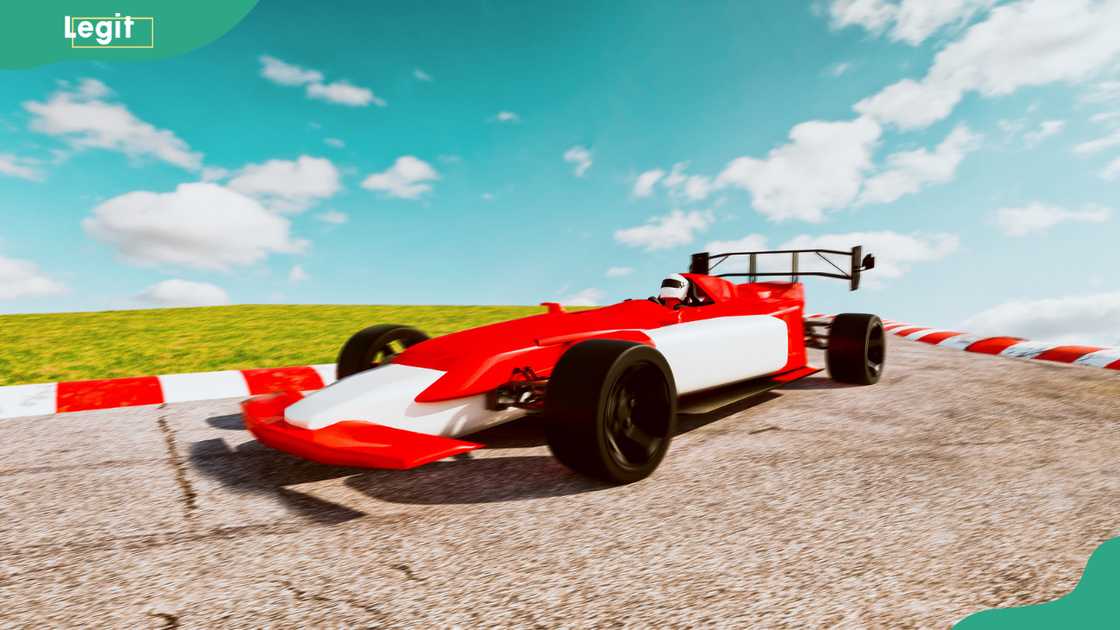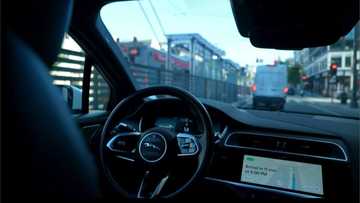How to become an F1 driver: what it takes to break into the grand prix
Learning how to become an F1 driver often begins on karting circuits at a young age, with the path winding through competitive junior formulas like F4, F3, and F2. Along the way, talent must be matched with discipline, resilience, sharp race instincts, and serious financial backing.

Source: Getty Images
TABLE OF CONTENTS
- Key takeaways
- How to become an F1 driver
- 1. Start young with karting
- 2. Advance through the junior ranks
- 3. Stand out on and off the track
- 4. Obtain stable financial backing
- 5. Sign up for a driver development program
- 6. Develop strong physical and mental fitness
- 7. Continuously strive for improvement
- 8. Act fast on opportunities
- 9. Obtain an FIA Super Licence
- Can anyone become an F1 driver?
- How hard is it to get into F1?
- How much does it cost to become an F1 driver?
- How do you become an F1 driver without karting?
Key takeaways
- Most F1 drivers begin in karting between the ages of 5 and 7, building core racing skills early on.
- Most aspiring F1 drivers climb the ranks through Formula 4, followed by Formula 3 and ultimately Formula 2, building skills and making their mark at each level.
- Racing isn’t cheap; most drivers depend on sponsors, academy programs, or financial support from affluent patrons to advance through the junior levels.
- With just 20 spots in F1, drivers must excel, stand out, and be ready to act fast when a chance comes.
How to become an F1 driver
How do I start my F1 career? It all begins with a dream and demands exceptional talent, relentless drive, and the determination to race among the world’s best. Here is what it takes to reach the grid.
1. Start young with karting
Most F1 drivers begin their journey well before their teenage years, and many starts karting as early as age 5 or 6. Far more than a childhood pastime, karting lays the groundwork for a professional racing career.

Source: Getty Images
Karting develops core racing skills and mental toughness. A strong record in national and international championships draws attention from scouts, sponsors, and driver programs. Some of the F1 drivers who began in karting include Max Verstappen, Lewis Hamilton, and Charles Leclerc.
2. Advance through the junior ranks
After karting, racing drivers progress through Formula 4, 3, and 2, each step demanding greater speed, skill, and adaptability. Formula 4 introduces young racers to single-seaters, where they begin learning car control, race strategy, and technical feedback.
In Formula 3, the intensity rises with faster cars, stronger competition, and global exposure. Formula 2, the final step before F1, challenges drivers' consistency, racecraft, and mental strength under high-stakes conditions. Rising through these levels is essential to show you're prepared for F1.
3. Stand out on and off the track
The chances of becoming an F1 driver are incredibly slim, so it takes more than just race wins to get noticed. Drivers must show consistency, adaptability, and mental strength to rise above the rest, perform under pressure and prove they’re ready for the demands of the top level.

Source: Getty Images
Away from the track, professionalism is crucial, whether it's communicating effectively with engineers or handling media and sponsor obligations. F1 teams look for complete drivers who can deliver results and represent the team with confidence and maturity.
4. Obtain stable financial backing
Strong financial backing is crucial to reach Formula 1, as the costs of progressing through racing’s ranks are extremely high. While some drivers start with family support, most depend on sponsors or academy programs to continue.
To attract funding, drivers need more than just talent; they must be professional, marketable, and capable of representing brands effectively. Without solid financial support, even the most skilled drivers can struggle to make it to the F1 grid.
5. Sign up for a driver development program
Signing up for a driver development program is one way to get into F1 without money. The best path is joining a junior program from top F1 teams like Red Bull, Alpine, Ferrari, or Mercedes. These academies offer funding, top-tier training, and support to help talented drivers advance without relying on personal finances.

Source: Getty Images
They also offer exposure to F1 teams, testing opportunities, and the potential for reserve driver roles. While expectations are high, being part of a development academy gives drivers a direct link to the sport’s top tier and a real chance at securing a seat in Formula 1.
6. Develop strong physical and mental fitness
Formula 1 drivers train like elite athletes to cope with the sport’s intense physical and mental demands. Races push their bodies to the limit with extreme G-forces, high cockpit temperatures, and long periods of intense focus.
To stay competitive, racing drivers build strength, especially in the neck and core, maintain top-tier endurance, and sharpen their reflexes. Mentally, they must remain calm, focused, and alert while making split-second decisions at high speeds.
7. Continuously strive for improvement
Technical feedback, adaptability, and continuous self-improvement are essential, as even the smallest edge can make a difference. In a sport where progress never stops, neither can the drivers.

Source: Getty Images
8. Act fast on opportunities
In Formula 1, opportunities are rare and can come without warning, so being ready to step in at a moment’s notice is crucial. Whether filling in for an absent driver or getting a sudden call-up, teams expect immediate performance.
Drivers must stay physically fit, mentally sharp, and familiar with the car and team. A strong showing in these high-pressure moments can be career-defining, making readiness and quick response key to breaking into F1 when the door opens.
9. Obtain an FIA Super Licence
Obtaining an FIA Super Licence is a mandatory step to becoming an F1 driver. It serves as proof that a driver is skilled and experienced enough for the sport’s top tier.
It doesn’t guarantee a spot on the grid, but without it, reaching F1 is impossible. Below are the requirements for obtaining it.

Source: Getty Images
- Be at least 18 years old.
- Hold an international competition licence.
- Have a valid driver’s licence from your home country.
- Pass the FIA’s theory test on F1 sporting regulations.
- Complete at least 80% of two full seasons in eligible single-seater championships.
- Earn 40 Super Licence points over 3 seasons in qualifying championships.
- Maintain a valid Super Licence points record.
Can anyone become an F1 driver?
In theory, anyone can pursue a career in F1, but only a rare few ever reach the grid. While not everyone will make it to Formula 1, those with the right mix of talent, dedication, support, and timing stand a chance.
How hard is it to get into F1?

Source: Getty Images
Getting into Formula 1 is one of the most difficult goals in sport. With only 20 seats and thousands of hopefuls worldwide, the odds are slim.
Most F1 drivers begin their careers in karting, spending years progressing through F4, F3, and F2, relying on funding, resilience, skill, and strong support to reach the grid.
How much does it cost to become an F1 driver?
According to several sources, such as Powtoon, the journey to becoming an F1 driver can cost between $5 million and over $10 million throughout a young driver’s career.
How do you become an F1 driver without karting?
While karting is the traditional path, it is possible to become an F1 driver by excelling in other racing categories like Formula Ford or sim racing. Success hinges on talent, networking, and seizing any track time possible to prove racecraft.
Learning how to become an F1 driver is a relentless pursuit fuelled by passion, precision, and perseverance. The road is long, the competition fierce, but for the few who make it, the thrill of racing at the pinnacle of motorsport is unmatched.
Legit.ng recently published an article about the youngest F1 driver. In recent years, more drivers have entered F1 before the age of 20, reflecting the sport’s growing openness to nurturing young talent.
Max Verstappen is the youngest driver ever to compete in Formula 1. Lando Norris, Lance Stroll, Fernando Alonso, and Sebastian Vettel are also among the most prominent drivers to make their F1 debuts at a young age. Learn more about the youngest F1 drivers, including their debut time.
Proofreading by Kola Muhammed, copy editor at Legit.ng.
Source: Legit.ng








